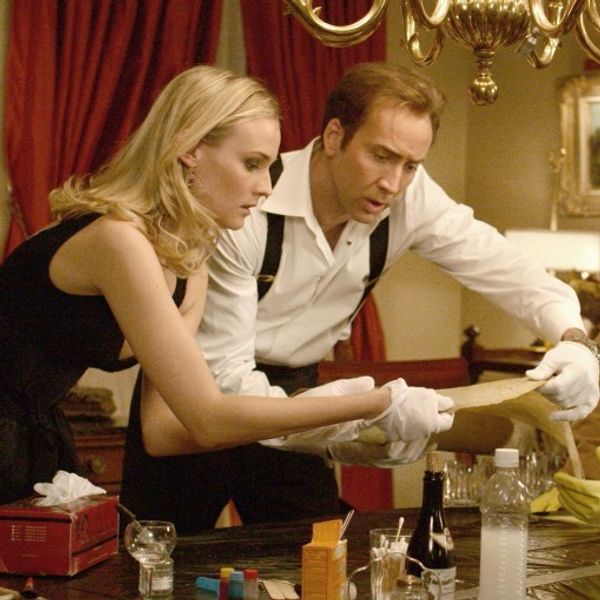Meet Tilta's Next-Generation Nucleus Nano II Wireless Lens Control System
Touchscreen controls and a high-torque motor makes this a splashy upgrade to an already popular lens control system.

While the industry narratives coming out of NAB early continue to be about AI features and automation, one brand which has already been doing a great deal of work in workflow simplification just dropped a much-anticipated follow-up to one of their flagship products.
The Tilta Nucleus-Nano wireless lens control system has been one of the best options for highly-attuned cinematographers and run-and-gun content creators alike as one of the better camera-slash-gimbal control devices on the market.
Unveiled at their booth this year at NAB, Tilta launched their upgraded version with the Nucleus Nano II which features touchscreen controls, a high-torque motor, better battery life, and plenty of new features worth exploring.
Introducing the Tilta Nucleus Nano II
Off the bat, the coolest feature of this new Nucleus Nano II has to be this interactive touchscreen which gives you control of everything about your setup and is way easier to navigate and customize. The touchscreen promises to be highly responsive and it looks quite intuitively designed to dive into.
The biggest bullets for this new wireless lens control system all have to do with taking the parts of the original Nucleus-Nano and making them even better for both amateurs and pros alike. The new motor design is set to provide five times more torque than the original and features an auto-adjustable torque design and a high-efficiency cooling system for added durability and reliability.
Add that together with added battery life (including an internal rechargeable battery that provides up to seven hours of high power output) and multi-channel communication for controlling up to four motors (which can include focus, iris, zoom, and more). This promises to be one of the most versatile lens control systems on the market.

Compatible with Other Control Systems and Gimbals
The best part though for many filmmakers and video professionals though might simply be the Nucleus Nano II’s compatibility with so many other wireless control systems and gimbal setups like DJI.
This is huge for any content creation team that has already invested in – and content – with their current camera and gear setups, yet could utilize some of the better controls and features that this new Nucleus Nano II offers.
Not only is it compatible with these different devices, but the Nucleus Nano II also promises to support as much efficient control and communication as any other on or off-brand product in this space. This means you can rest assured this can be a purchase that will be utilized for many years (and new setups) to come.

Pricing and Availability
The Tilta Nucleus Nano II is set to hit the market at $299 and ship as early as June 2023.
You can find out more about the Nucleus Nano II at Tilta's website.
Let us know your thoughts on this wireless lens control system in the comments.
No Film School's complete coverage of NAB 2023 is brought to you by Blackmagic Design and Lexar.

















